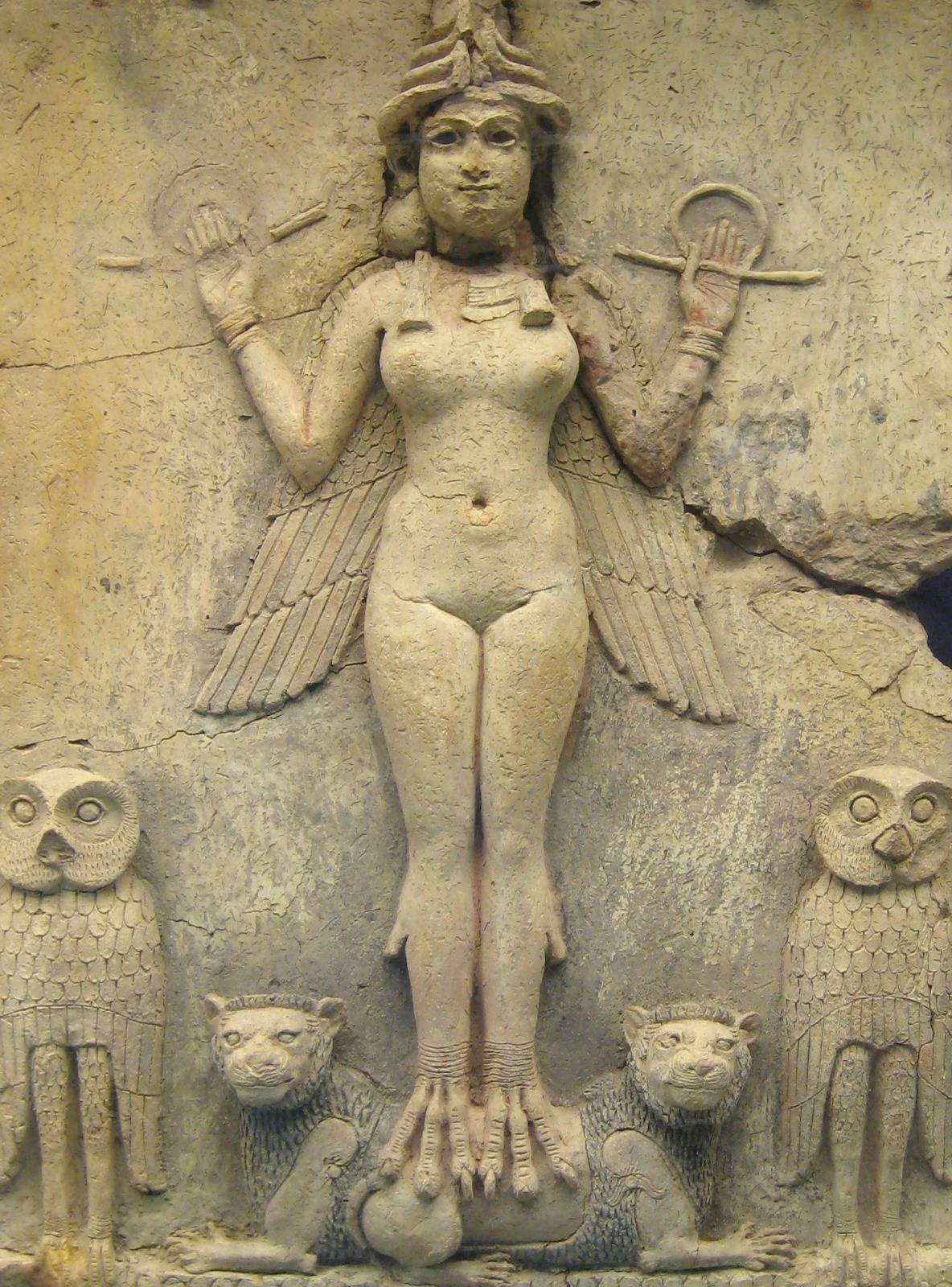The Real Story Behind Easter Traditions
Have you ever pondered why we follow the modern Easter traditions and symbols? Would the way you let your kids observe this holiday change if you knew where it came from? Like the Christmas celebration of Christ's birth, Easter has evolved into a kaleidoscope of events unrelated to the death and resurrection of our Lord. While believing in Santa Claus and the Easter bunny may seem innocent, Easter egg hunts and other customs actually have a strong connection to ancient pagan worship and rituals.Easter's name - The name Easter is never associated with the death and resurrection of Jesus Christ in the original Scriptures and is actually derived from the word "Eostre." Eostre was Queen Semiramis, the wife of Nimrod, Noah's evil but enterprising great grandson (Genesis 10:6-8).
History of Eostre: According to Genesis 10:10–12, Nimrod was the architect of the important towns of Babel, Asshur, Nineveh, and Calah, which were infamous for their perverse and unthinkable forms of worship. Do you recall the tale of Jonah? Nimrod was deified as the sun god by Queen Semiramis after his passing, continuing these terrible customs. Eventually, Tammuz, an illegitimate son, was born to Queen Semiramis. She persuaded the populace that this son was the progeny of God promised in Genesis 3:15, and that he was born in a supernatural manner. The people revered Queen Semiramis as the mother goddess in addition to Tammuz, who was revered as Nimrod's reincarnation. These false religions, which worshipped the sun (Nimrod) and moon (Eostre), continued to practice horrifying human sacrifice, idolatry, astrology, and devil worship until the period of the Tower of Babel. God jumbled the language of the people because of their transgression, scattering them across the globe (Genesis 11:7).
The people brought their paganism with them as they relocated to new lands. As time went on, Queen Semiramis acquired the names Ashtaroth or Ashtoreth, Eastre, Astarte (the Phoenician goddess of the moon), and Ostera (an Anglo-Saxon goddess who represented the dawn and new life in the spring) (the wife of Baal and the queen of heaven). Baal, Baalim, Molech, the deity of fire, and the great life giver were some of Nimrod's other names. Any genuine study of the Old Bible indicates the wrath of God against this false worship, and Ezekiel 8:14 condemns Tammuz directly.
Origin of Easter - The origin of Easter can be traced to the springtime rite that Queen Semiramis started after Tammuz's death. According to legend, Tammuz may be resurrected through her tears and take the form of fresh plant life on Earth.
Several years after the initial appearance of Christianity, it became customary to modify pre-existing pagan holidays and incorporate them into Christian doctrine. The Christian belief in the resurrection of Christ fit well with these ideas since Queen Semiramis (Eostre), the goddess of spring, was associated with regeneration and rebirth.
Easter was rejected as a pagan celebration by the founding Puritans of the country, and it wasn't until after the Civil War that it started to be extensively observed. This is what we learn about American history today.
Easter eggs and baskets: The egg was revered by the Babylonians as a sacred symbol of Ostera's fertility and new life (the 28-day cycle of the moon and the monthly cycle of a woman). The story of a massive egg that fell from heaven into the Euphrates River and birthed Queen Semiramis was a popular folktale among the Babylonians. In the evil rites honoring the spring equinox, egg death was seen.
Romans used decorated eggs in processions honoring the mother goddess, and Egyptians hung decorated eggs in temples. The egg served as the Druids' sacred symbol. For their prehistoric pagan spring festivities, the Gauls, Chinese, and Persians also used colorful eggs to symbolize rebirth. Europeans used colorful bird eggs from nests as charms to ward off evil and bring good fortune during the Middle Ages. Egg painting gained popularity later on. Today, Easter baskets are used to mimic bird nests.
Easter bunny - Rabbits have long been associated with fertility, and Semiramis' customs can also be linked to this symbol. Several individuals in Germany during the 1500s thought that bunnies laid red eggs on Holy Thursday and multicolored eggs the evening before Easter Sunday. Easter bunnies that could be eaten were later added to the tradition. The Pennsylvania Dutch, who immigrated to America in the 1700s from Germany, brought this custom with them. It later developed into chocolate Easter bunnies and in the American Civil War, eggs. Youngsters used to think that the Easter rabbit, or "Oschter haw," would lay a nest of colorful eggs if they were good to him.
As Christians we only go according to what the scriptures tell us. Jesus Christ told us in Luke 22:14-23 to do it in remembrance of him ( Lord's super) and not his birth and death as many do today.
The book of Exodus 23:2 tell us not to follow the crowd in doing evil. God richly bless you.


